Mountain lions, also known as cougars, pumas, or panthers, are elusive yet fascinating creatures that increasingly find themselves at odds with human encroachment. As you explore the wild landscapes of America, it becomes apparent that these majestic big cats are reclaiming territories they have been driven out of for decades. Despite their secretive nature, mountain lions have a knack for showing up in unexpected places, reminding us of the delicate balance between urban expansion and wildlife conservation. Here are 13 U.S. states where mountain lions keep making their presence known.
1. California
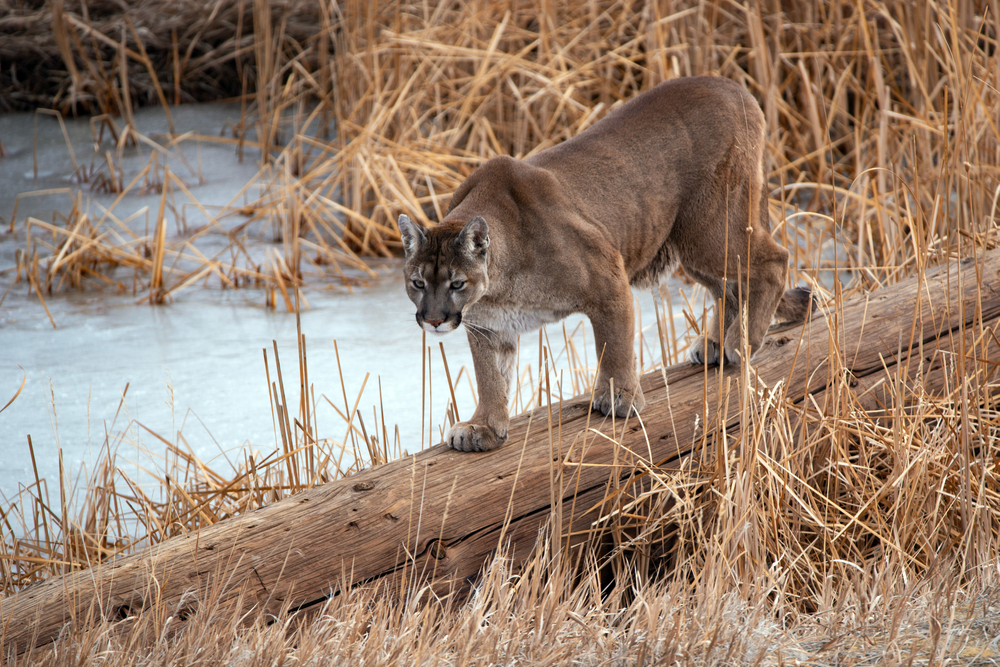
California is a hotbed for mountain lion sightings, particularly in areas like the Sierra Nevada and coastal ranges. The state’s growing population and urban sprawl have led to increased interactions between people and these big cats. It’s not uncommon to hear about a mountain lion strolling through suburban neighborhoods or even city outskirts in search of food or mates. According to the California Department of Fish and Wildlife, the state is home to an estimated 4,000 to 6,000 mountain lions, making resident awareness and safety crucial.
Conservation efforts are in full swing to ensure these majestic predators have enough space to roam without conflict. Wildlife corridors, designed to connect fragmented habitats, are being implemented to facilitate their movement and reduce roadkill incidents. Local communities are also encouraged to secure livestock and pets to prevent unwanted encounters. By respecting their space and understanding their behaviors, you contribute to a more harmonious coexistence with these iconic creatures.
2. Colorado
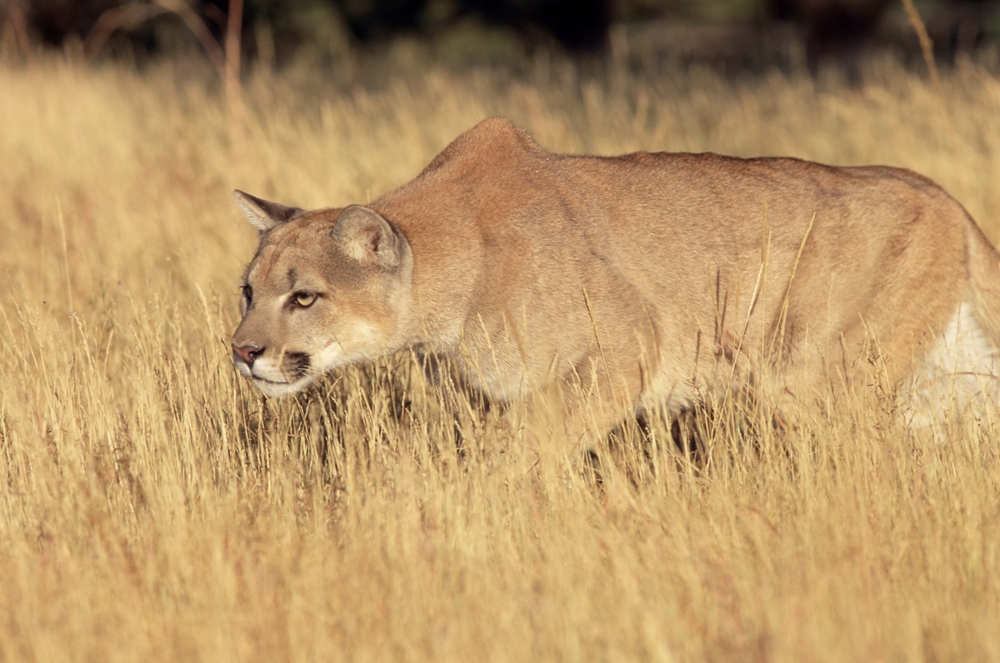
In Colorado, mountain lions are an integral aspect of the state’s rich biodiversity. The rugged Rocky Mountains provide an ideal habitat, with abundant prey like deer and elk. As outdoor activities gain popularity, so do sightings of mountain lions, which can spark both fascination and fear. Residents are advised to be vigilant, especially in areas where human and wildlife territories overlap.
State agencies provide comprehensive guidelines to minimize confrontations, such as hiking in groups and keeping pets leashed. Colorado Parks and Wildlife also engage in research projects to track and study these elusive animals, providing valuable insights into their habits and needs. The ongoing education and outreach efforts aim to foster a culture of cohabitation, where both humans and mountain lions can thrive. After all, sharing space with such a formidable predator is a testament to the wild beauty of Colorado.
3. Utah
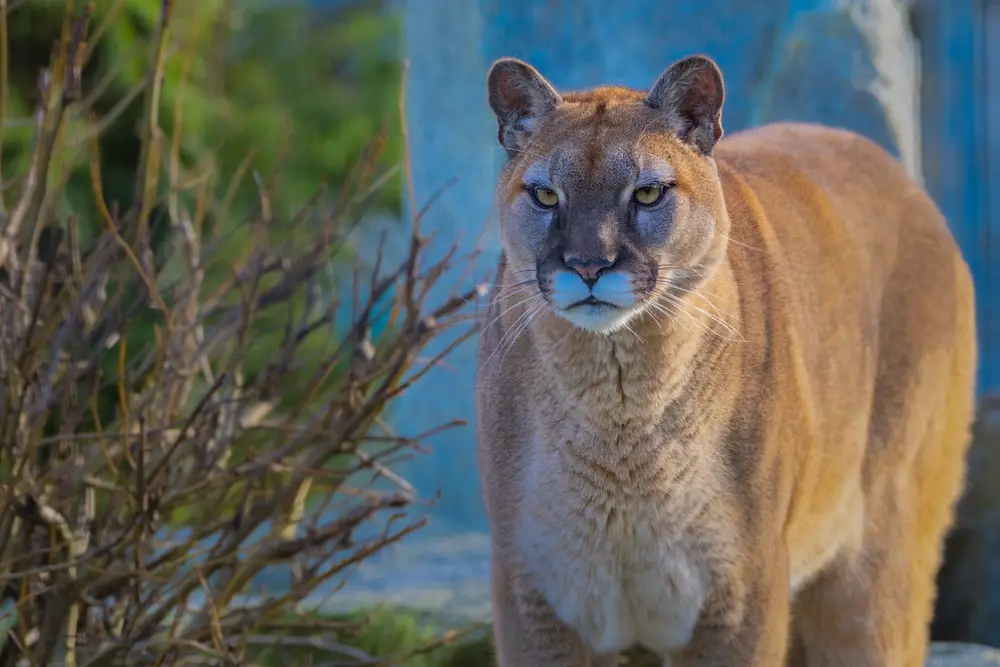
Utah’s diverse landscapes, from the high deserts to the Wasatch Range, offer a perfect sanctuary for mountain lions. The state’s cougar population is currently stable, thanks in part to dedicated conservation initiatives. In recent years, however, there has been a notable increase in sightings near urban developments. This surge is attributed to both natural dispersal and expanding human territories.
A study conducted by Utah State University highlights the importance of preserving large contiguous habitats to support healthy cougar populations. Public education campaigns emphasize respecting wildlife and maintaining a safe distance to avoid unnecessary encounters. Residents are encouraged to use motion-sensitive lighting and secure garbage to deter curious cats. By integrating thoughtful conservation practices, Utah navigates the challenge of modern development while maintaining its wild heritage.
4. Arizona
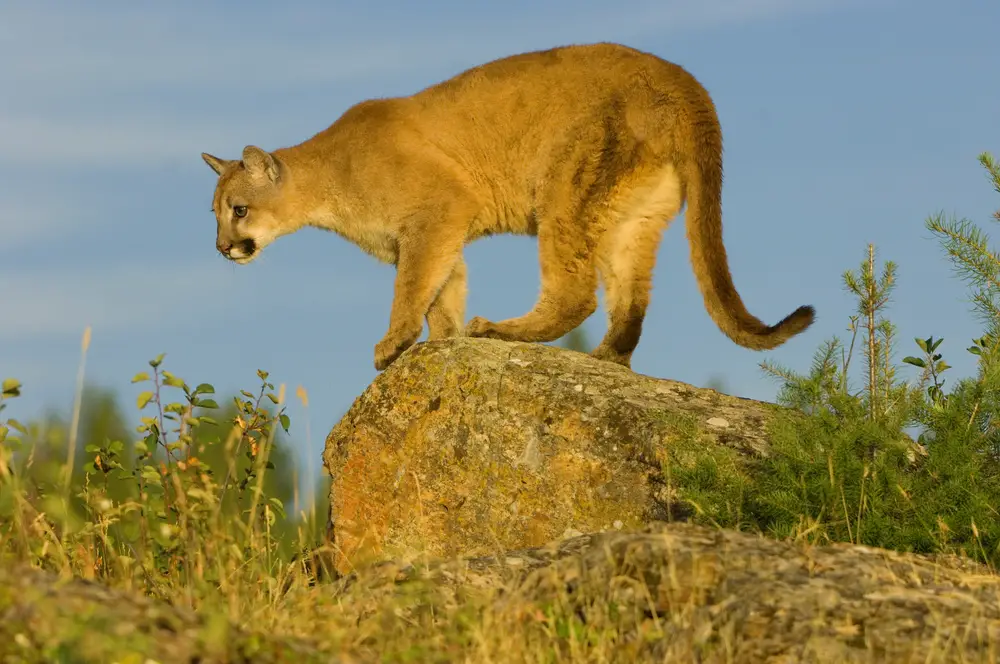
With its mix of arid deserts and mountainous regions, Arizona offers a varied environment for mountain lions to thrive. The state’s big cats are most prevalent in areas like the Mogollon Rim and the Santa Catalina Mountains. As people continue to expand into more remote areas, the chances of crossing paths with a mountain lion increase. It’s a potent reminder of the wildness that lurks just beyond the boundaries of human settlements.
Arizona Game and Fish Department actively monitors the mountain lion population to ensure a healthy balance within ecosystems. They provide resources and support for communities to coexist with these predators safely. Simple measures like not leaving pet food outdoors can go a long way in reducing unwanted attractants. Embracing these practices allows you to enjoy Arizona’s natural beauty while respecting the animals that call it home.
5. Montana
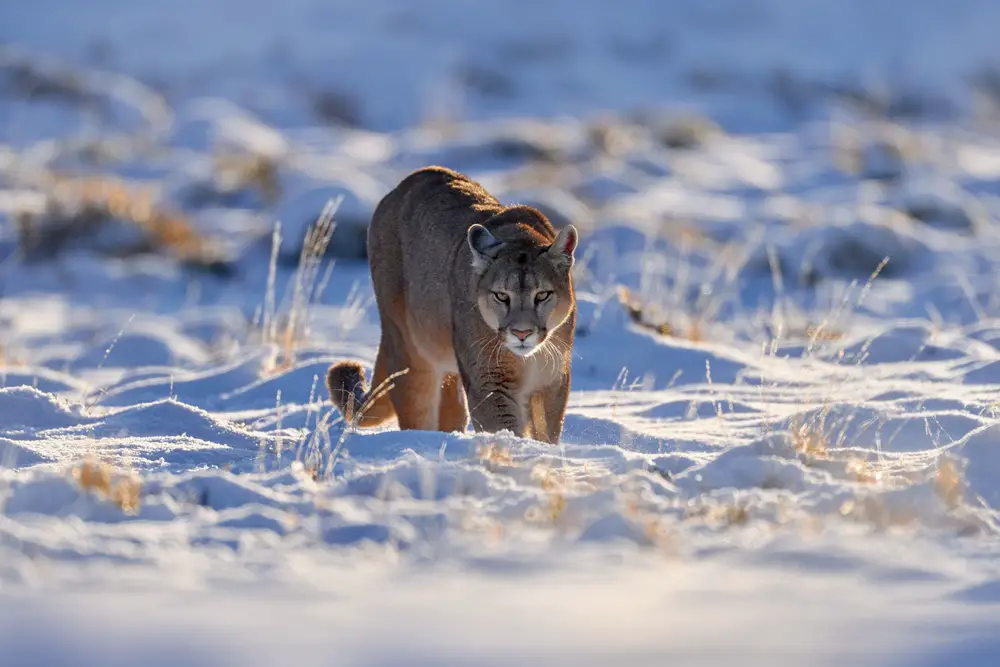
Montana’s vast wilderness is a haven for mountain lions, boasting one of the largest populations in the United States. The remote mountain ranges and abundant wildlife create an ideal setting for these solitary creatures to roam freely. As people venture deeper into the backcountry, sightings of mountain lions are becoming more common. According to Montana Fish, Wildlife & Parks, awareness and preparation are key to safely navigating these encounters.
Educational programs focus on teaching residents and visitors about mountain lion behavior and safety protocols. Tools like bear spray are often recommended for those exploring areas frequented by large predators. Additionally, conservation efforts aim to protect critical habitats by mitigating human impacts. By understanding and respecting the natural order, you contribute to preserving Montana’s untamed spirit.
6. Washington
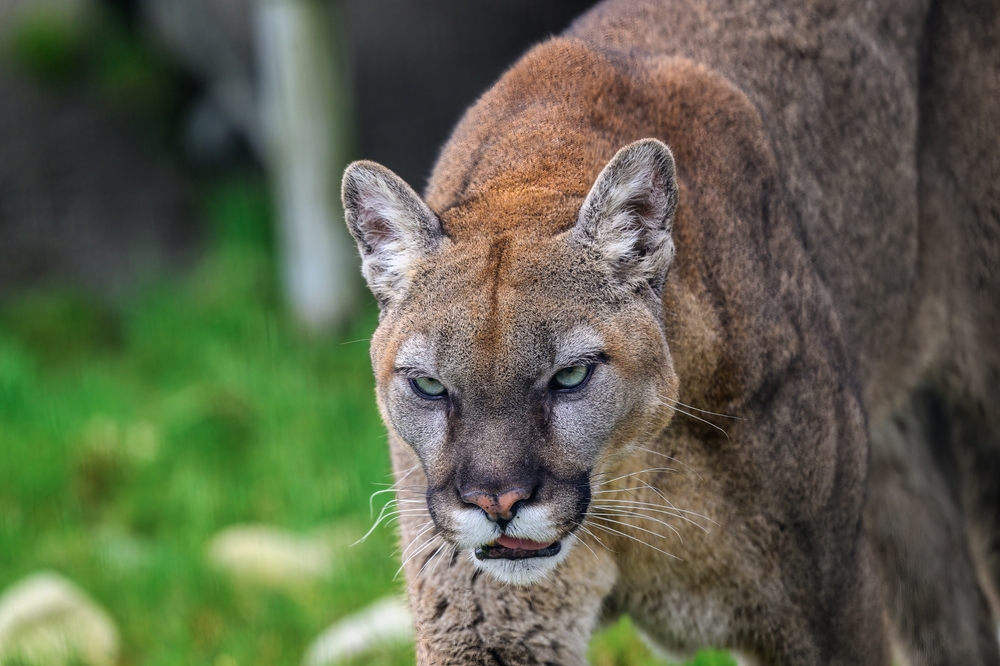
The Pacific Northwest’s dense forests and rugged terrain provide an expansive playground for Washington’s mountain lions. These elusive creatures can be found from the Cascade Range to the Olympic Peninsula, occasionally venturing into suburban zones. As urban development encroaches on their habitats, reports of mountain lion sightings rise, prompting a need for public awareness. The balance between human activity and wildlife conservation is delicate, requiring thoughtful management strategies.
Washington Department of Fish and Wildlife actively engages in research and monitoring to guide effective conservation measures. They provide resources to help people understand mountain lion behavior and reduce potential conflicts. Community initiatives focus on habitat preservation and minimizing human encroachment. By fostering a respectful coexistence, Washington ensures its natural landscapes remain a sanctuary for both people and wildlife.
7. Oregon
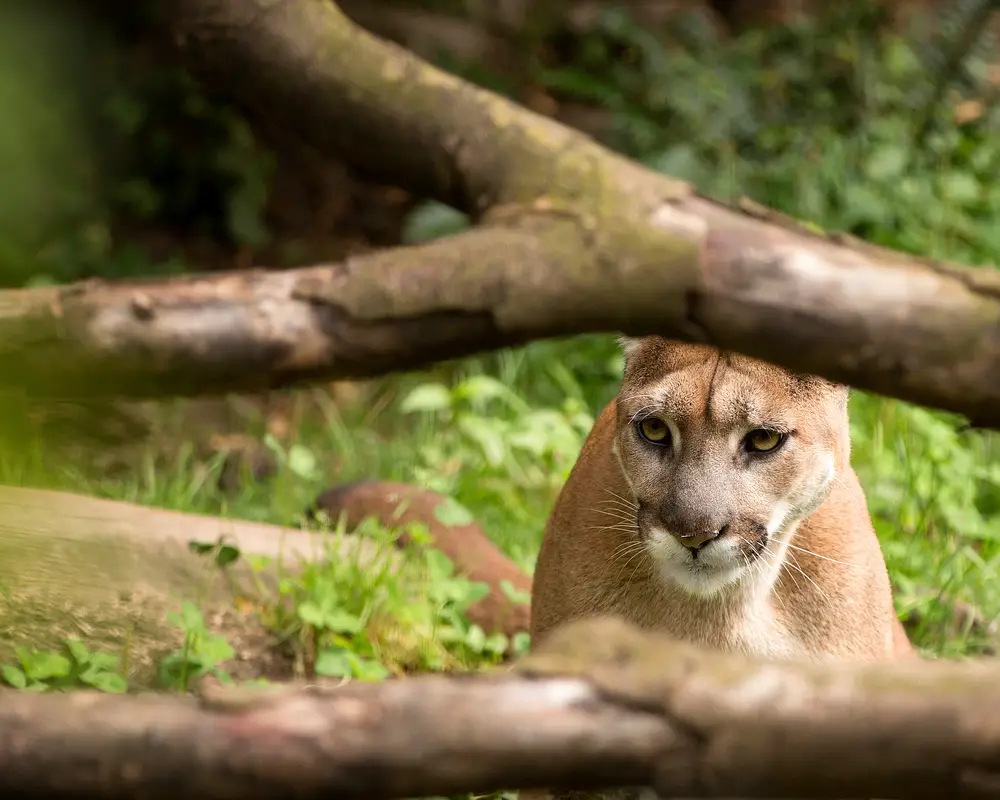
Oregon’s lush forests and rugged landscapes make it a prime location for mountain lions to call home. The state’s cougar population is thriving, particularly in areas like the Cascade Mountains and eastern plains. As people increasingly build homes in scenic, wildlife-rich areas, encounters with these big cats are more likely. A study by the Oregon Department of Fish and Wildlife underscores the importance of habitat connectivity in maintaining healthy cougar populations.
Efforts are underway to educate the public about how to live harmoniously with these magnificent animals. Strategies like securing livestock and using wildlife-friendly fencing are encouraged to prevent conflicts. Conservation policies focus on safeguarding critical habitats and promoting genetic diversity. By being mindful of the interconnectedness of ecosystems, you help sustain Oregon’s rich natural legacy.
8. Nevada
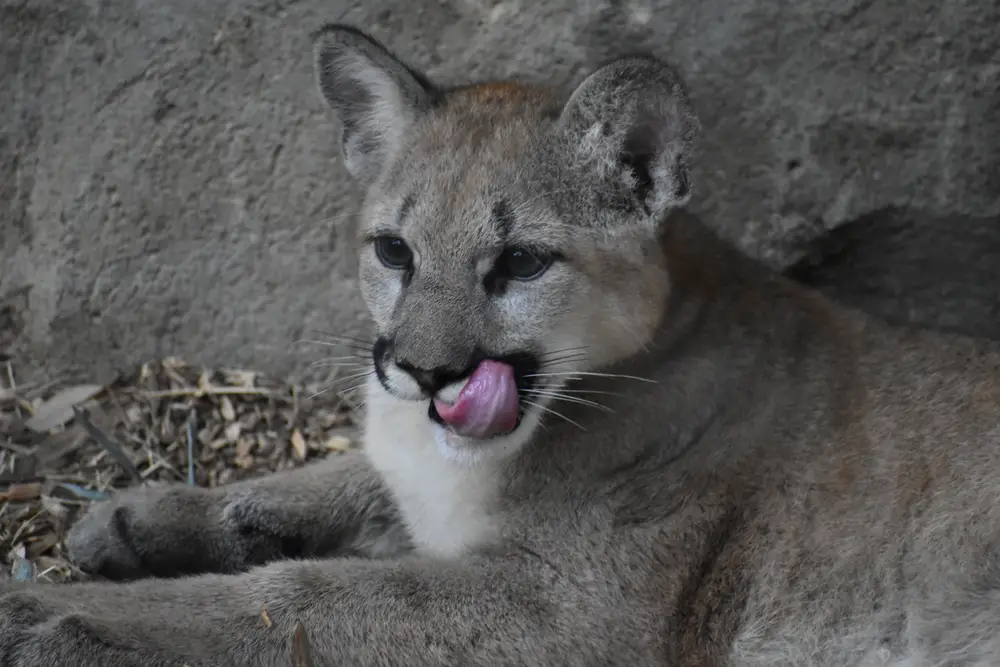
Nevada’s unique blend of desert landscapes and mountain ranges provides a diverse habitat for mountain lions. Though these big cats are notoriously elusive, they are known to traverse vast distances in search of food and mates. Increasing development in the state’s picturesque high desert areas has led to more frequent sightings, especially near residential communities. This trend underscores the need for proactive measures to ensure public safety and wildlife preservation.
The Nevada Department of Wildlife offers guidance on coexisting with mountain lions, emphasizing the importance of awareness and preparedness. Residents are encouraged to secure trash and avoid attracting prey species to their properties. Conservation efforts focus on preserving natural corridors that facilitate wildlife movement across the state’s varied terrain. By supporting these initiatives, you help maintain Nevada’s wild allure and the ecological role of its native predators.
9. Idaho
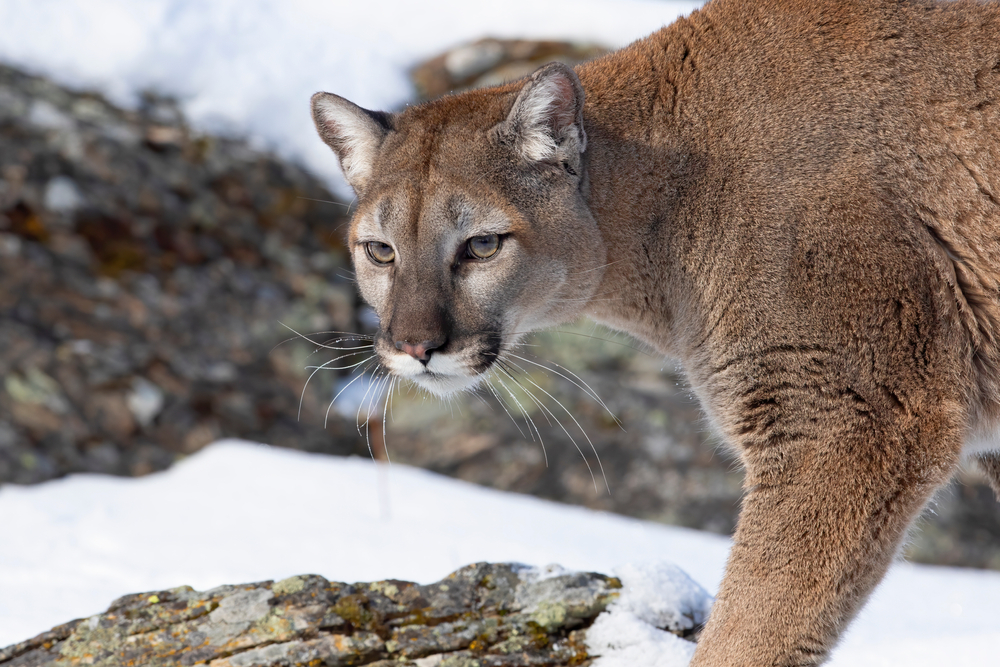
Idaho’s expansive wilderness areas provide ideal conditions for mountain lions to thrive. From the dense forests of the northern panhandle to the rugged Sawtooth Range, these predators are an integral part of the state’s natural landscape. As more people venture into the backcountry for recreation, encounters with mountain lions are becoming increasingly common. Education and preparedness are vital components of enjoying Idaho’s wild spaces safely.
The Idaho Department of Fish and Game actively engages in public outreach to minimize human-wildlife conflicts. They offer guidance on recognizing mountain lion signs and responding appropriately to sightings. Conservation programs focus on habitat protection and maintaining robust prey populations. By respecting these powerful animals and their habitats, you contribute to Idaho’s efforts to preserve its wild heritage.
10. New Mexico
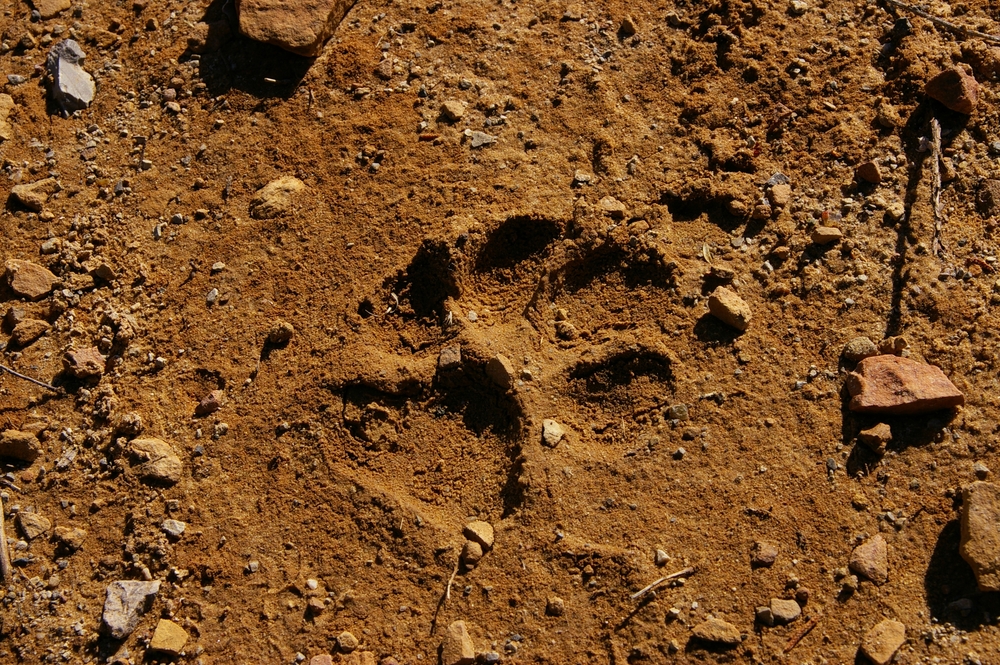
New Mexico’s varied topography, from desert basins to mountainous regions, offers a diverse habitat for mountain lions. These big cats are most commonly found in the state’s forested and rocky areas, where they have ample prey. As human expansion reaches these remote locales, the likelihood of encountering a mountain lion increases. Public awareness and education are crucial in reducing the potential for conflict.
New Mexico Department of Game and Fish provides resources to help residents and visitors coexist with mountain lions. They emphasize the importance of securing food sources and maintaining a respectful distance from wildlife. Conservation efforts focus on protecting critical habitats and ensuring the ecological balance of predator-prey dynamics. By embracing these practices, you support New Mexico’s legacy of wild beauty and biodiversity.
11. South Dakota
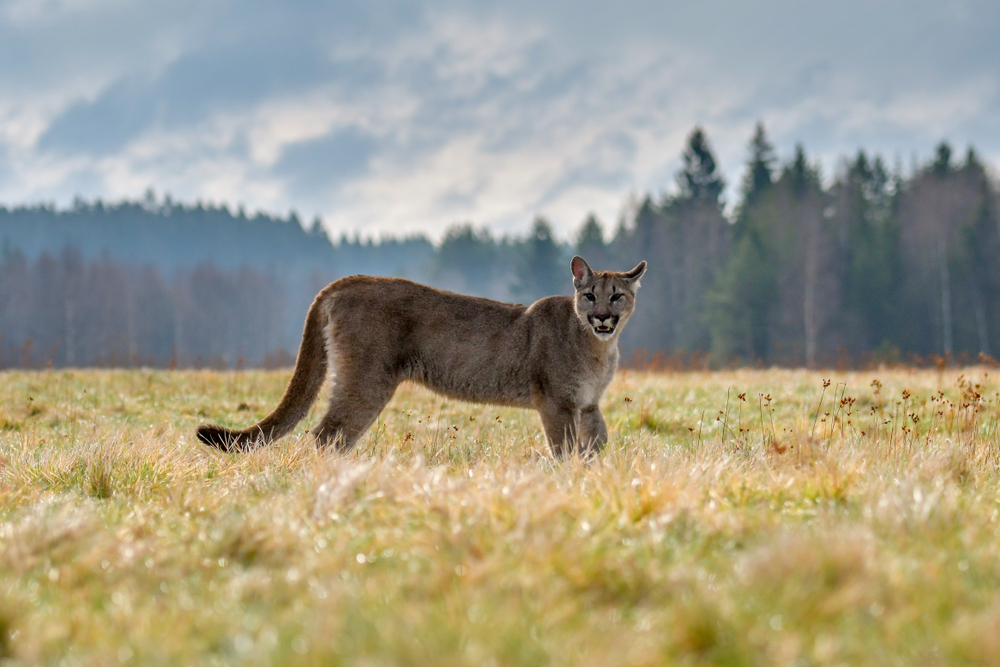
South Dakota’s Black Hills provide a stunning backdrop for mountain lions, which are well-adapted to the region’s rugged terrain. These predators are vital to the ecosystem, helping to control prey populations and maintain ecological balance. As outdoor recreation grows in popularity, so do encounters with these elusive cats. Education and respect for wildlife are key to navigating these interactions safely.
South Dakota Game, Fish and Parks department offers comprehensive guidelines to promote coexistence between people and mountain lions. Residents and visitors are encouraged to learn about mountain lion behavior and take precautions while exploring their habitats. Efforts are also made to monitor and study the state’s cougar population to ensure their health and sustainability. By appreciating the role of mountain lions in the ecosystem, you contribute to South Dakota’s commitment to preserving its wild spaces.
12. Wyoming
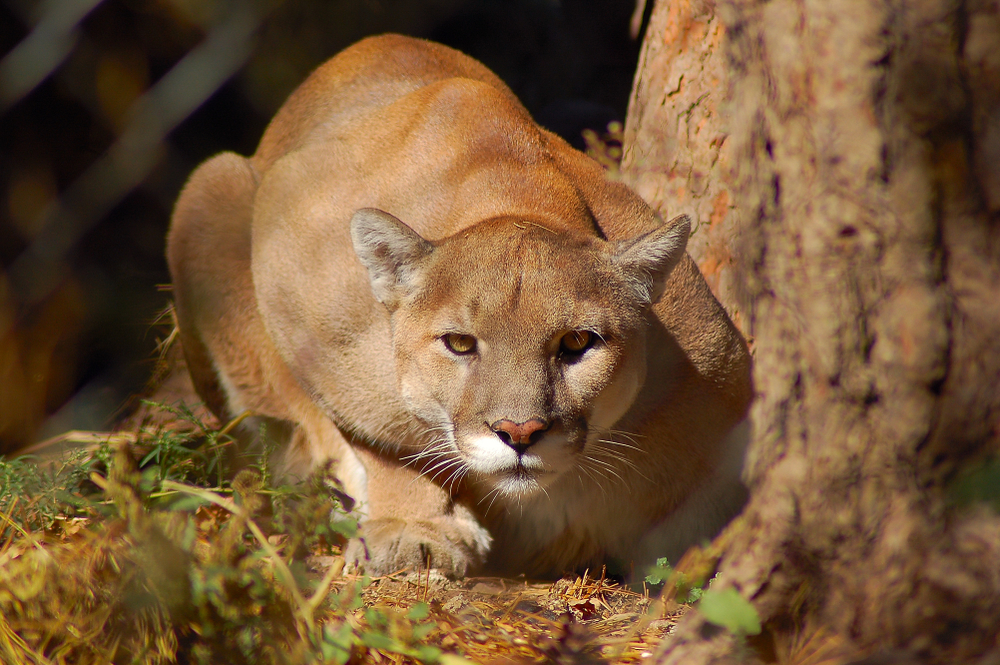
Wyoming’s sweeping landscapes, from the Yellowstone region to the Wind River Range, are home to a thriving mountain lion population. These big cats are an iconic part of the state’s natural heritage, captivating outdoor enthusiasts with their mystique. As people increasingly seek the solace of Wyoming’s wilderness, encounters with mountain lions have become more frequent. Awareness and preparation are essential for those venturing into cougar country.
Wyoming Game and Fish Department provides resources to educate the public on mountain lion safety and conservation. They emphasize the importance of respecting wildlife and maintaining a safe distance during encounters. Conservation initiatives focus on preserving open spaces and ensuring healthy prey populations to support the state’s mountain lions. By embracing these principles, you contribute to Wyoming’s legacy of wild, untamed beauty.
13. Texas
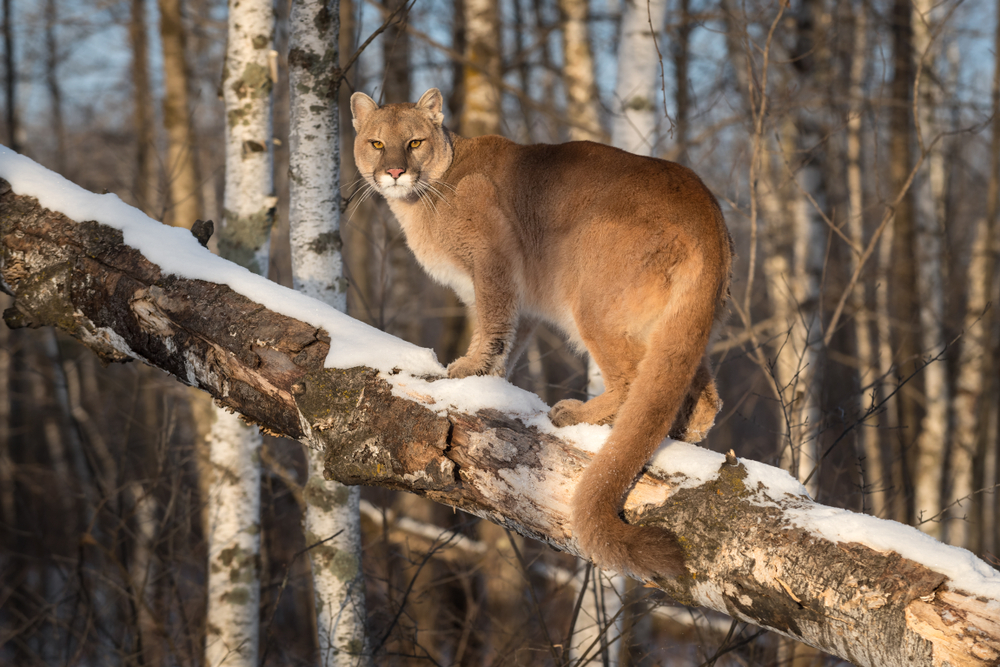
In the vast expanses of Texas, mountain lions have found a home, particularly in the western and southern parts of the state. These adaptable predators thrive in the diverse landscapes, from the rugged Trans-Pecos region to the brushlands of South Texas. As rural development expands, sightings of mountain lions near human settlements are on the rise. Awareness and proactive measures are key to minimizing conflicts with these formidable cats.
Texas Parks and Wildlife Department offers guidance on living in harmony with mountain lions, highlighting the importance of securing livestock and reducing attractants. Public education campaigns help residents and visitors understand mountain lion behavior and safety protocols. Conservation efforts aim to protect the habitats that are vital to their survival and ecological role. By supporting these initiatives, you help maintain Texas’s rich biodiversity and the mystique of its wild inhabitants.
